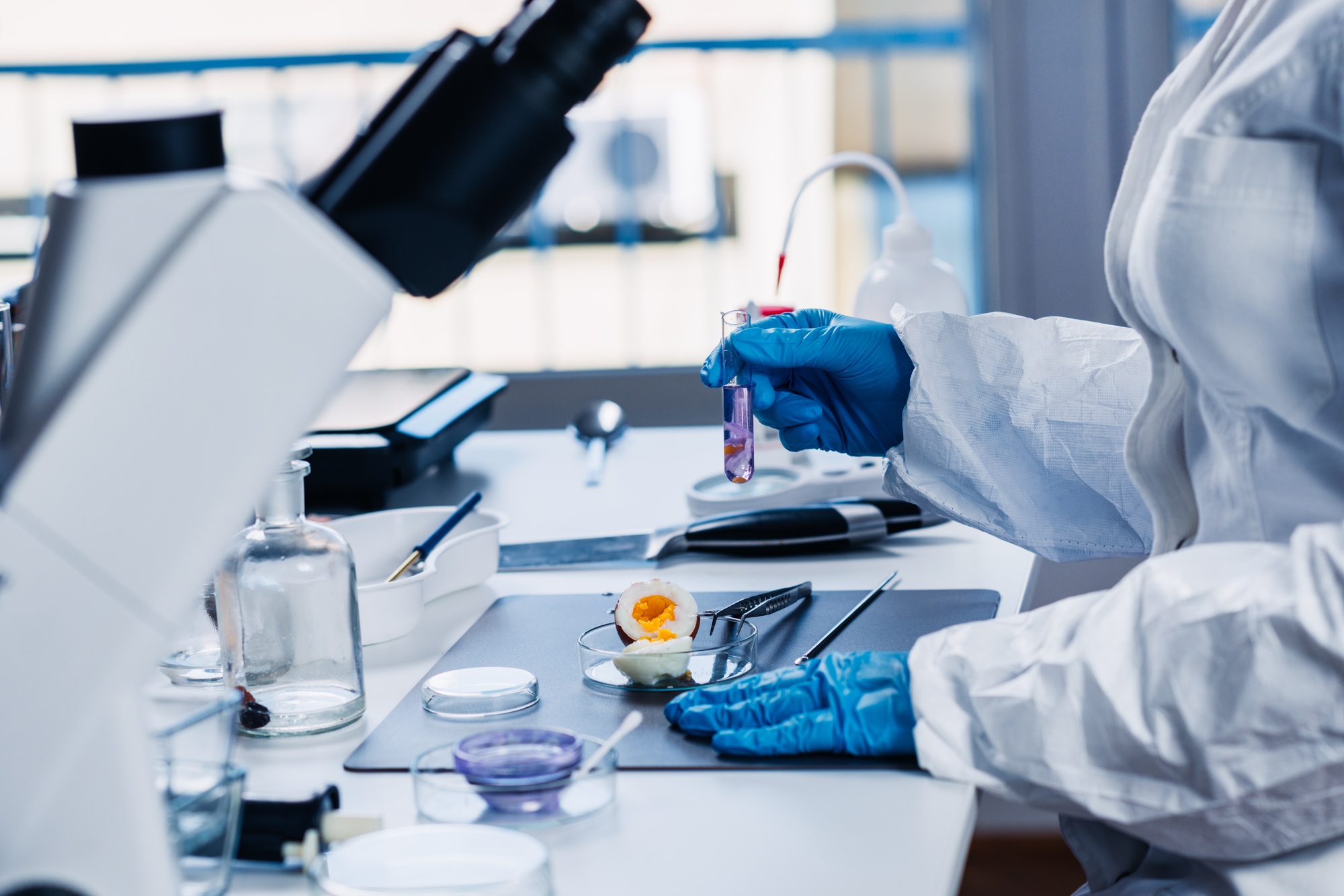The U.S. Food and Drug Administration (FDA) has long been the bulwark of public health—tasked with ensuring that the food on our tables and the medical devices that save lives meet stringent safety standards. However, recent political and economic shifts, including significant workforce reductions enacted during the later years of the Trump administration, have raised serious concerns about the agency’s ability to maintain its high level of oversight. In this comprehensive review, we explore how these policy changes have impacted both food and medical device safety, the measures being taken to counterbalance these challenges, and what the future might hold.

A Brief History of the FDA and Its Mission
Since its formal establishment in the early 20th century, the FDA has evolved alongside the industries it regulates. Charged with protecting public health, the agency oversees everything from pharmaceuticals and vaccines to food products and medical devices. Its dual mandate—to foster innovation while ensuring safety—has become increasingly challenging amid a rapidly changing technological landscape and shifting political priorities.
Policy Shifts and Workforce Reductions
In a bid to trim federal expenditures and streamline operations, the Trump administration implemented several cost-cutting measures that affected many agencies, including the FDA. These policies resulted in notable layoffs within the organization, leading to a leaner workforce during a period of burgeoning regulatory demands.
Key Concerns:
- Reduced Oversight: With fewer staff to conduct inspections and evaluate products, critics argue that there is an increased risk of shortcuts in the review process.
- Impact on Review Timelines: A smaller team has struggled to keep pace with the influx of new medical technologies and food products, potentially allowing less rigorous evaluations.
- Loss of Expertise: The layoffs may have inadvertently diminished institutional knowledge, making it more challenging to address complex safety issues effectively.
The Impact on Medical Device Safety
Medical devices—from pacemakers to cutting-edge diagnostic equipment—undergo rigorous testing before reaching the market. However, the reduced workforce has intensified pressures on the FDA’s review process:
- Accelerated Approval Processes: While expedited reviews can benefit innovative technologies, they also risk compromising the depth of safety assessments.
- Quality Control Challenges: A leaner review team may not always have the capacity to thoroughly scrutinize every new device, raising concerns about potential oversights.
- Balancing Act: Regulators are now tasked with striking a delicate balance between encouraging innovation and ensuring that all devices meet robust safety standards.
In response, new leadership within the FDA has taken steps to integrate digital technologies into the review process. By adopting advanced analytics and remote monitoring systems, the agency aims to streamline evaluations without sacrificing thoroughness.
Evolving Food Safety Protocols
Food safety has emerged as another critical area affected by these internal changes. Global supply chains and increasing imports have made it more challenging for the FDA to monitor food safety comprehensively:
- Inspection Gaps: Reduced staffing means fewer on-site inspections of food production facilities and import checkpoints.
- Technological Innovations: To counter these limitations, the FDA is investing in digital traceability systems that allow for real-time tracking of food products from farm to table.
- Collaborative Approaches: Partnerships with state and local agencies are being strengthened to help fill the oversight gaps created by federal workforce reductions.
- Data-Driven Risk Assessments: Enhanced data analytics are being deployed to predict and preempt potential outbreaks of foodborne illnesses, ensuring that safety standards remain uncompromised.
Global Comparisons and New Initiatives
The challenges faced by the FDA are not unique. Regulatory bodies worldwide are grappling with similar issues—balancing fiscal responsibility with the need for rigorous oversight. Some nations have managed to maintain robust regulatory systems through stable funding and dedicated workforces, while others have also adopted digital innovations to bridge resource gaps.
The FDA’s current trajectory, with its increased reliance on technology and inter-agency collaboration, could offer a model for modernizing regulatory practices globally. Experts suggest that these initiatives, if supported by adequate funding and legislative backing, may well restore the agency’s ability to protect public health effectively.
Legislative and Public Reactions
The changes at the FDA have not gone unnoticed by lawmakers and the public. Congressional hearings have brought renewed scrutiny to the agency’s staffing and funding levels, with bipartisan calls emerging for increased investment in scientific and regulatory expertise. Proposed legislation aims to not only restore the lost manpower but also to modernize the agency’s infrastructure, ensuring that it remains capable of meeting the demands of a 21st-century regulatory environment.
Conclusion
The recent policy shifts and workforce reductions have placed the FDA at a crossroads. On one hand, efforts to streamline operations were intended to reduce bureaucracy and foster innovation. On the other, these same measures have raised valid concerns about the agency’s capacity to safeguard food and medical device safety. As the FDA moves forward, the integration of digital technologies, enhanced inter-agency collaborations, and legislative support will be crucial in rebalancing efficiency with uncompromised public safety.

Frequently Asked Questions (FAQs)
1. What led to the recent layoffs at the FDA?
The layoffs were part of a broader cost-cutting initiative during the Trump administration aimed at reducing federal expenditures and streamlining operations. While intended to improve efficiency, these measures resulted in a reduced workforce at a time when regulatory demands were increasing.
2. How have these workforce reductions affected medical device safety?
A smaller review team has led to faster, but potentially less thorough, approval processes for new medical devices. This acceleration raises concerns about whether all safety aspects are being adequately addressed, potentially impacting patient safety.
3. What steps is the FDA taking to maintain food safety standards?
To address food safety concerns, the FDA is investing in digital traceability systems and advanced data analytics to monitor the food supply chain more effectively. Additionally, the agency is strengthening collaborations with state and local health departments to ensure consistent on-the-ground inspections.
4. Are there any legislative actions planned to support the FDA?
Yes, there is bipartisan support in Congress for legislation aimed at increasing funding and resources for the FDA. These measures are designed to restore the agency’s workforce, enhance its technological capabilities, and reinforce its scientific expertise.
5. How does the current situation at the FDA compare with regulatory practices in other countries?
While many countries face similar challenges, some have maintained robust regulatory systems through steady funding and dedicated workforces. The FDA’s shift toward digital innovation and collaborative oversight may serve as a model for other nations looking to modernize their regulatory frameworks.
6. What is the long-term outlook for the FDA’s oversight of food and medical device safety?
The long-term success of the FDA will depend on its ability to balance innovation with stringent safety protocols. With increased investments in technology, stronger inter-agency cooperation, and supportive legislative measures, the agency is working to restore and enhance its capacity to protect public health in an increasingly complex environment.
By understanding these challenges and the measures underway to address them, stakeholders—from policymakers to the general public—can better appreciate the critical role the FDA plays in safeguarding our food and medical devices, and the importance of supporting its mission in a rapidly evolving regulatory landscape.
Sources The New York Times


